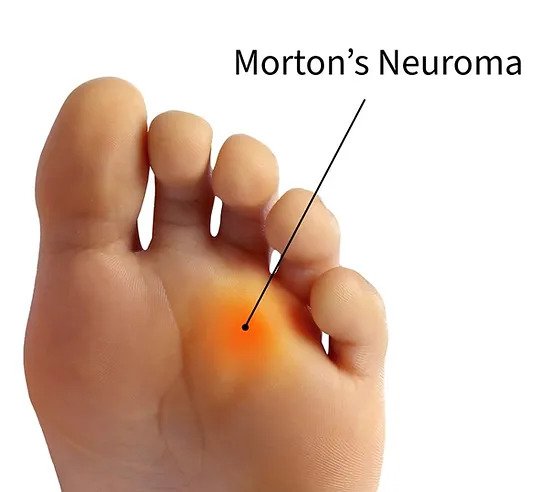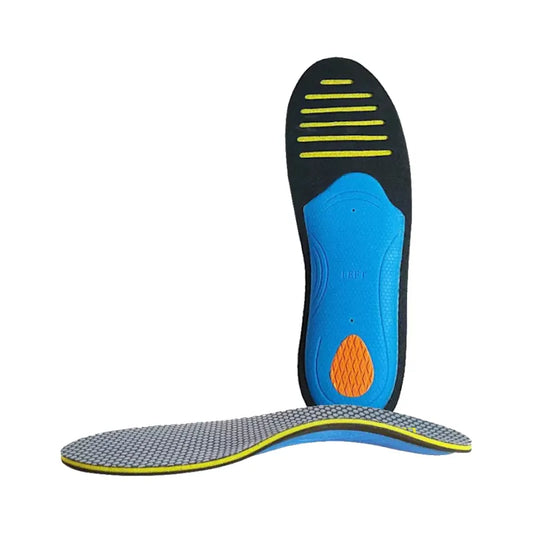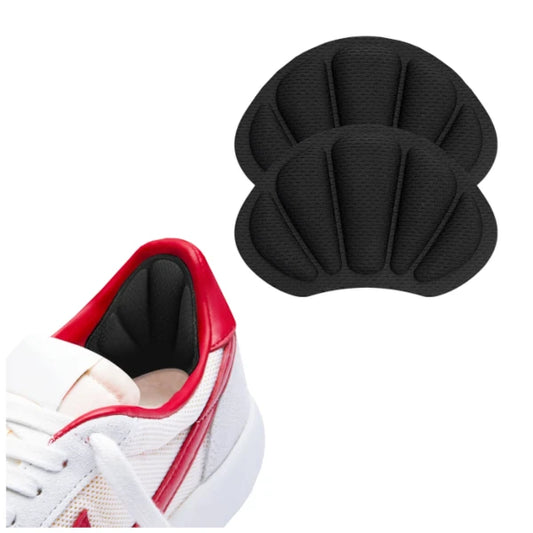
Foot Pain Indicative Of Morton's Neuroma
Share
Foot pain can be a debilitating and frustrating experience, impacting our daily activities and overall quality of life. One condition that often causes foot pain, particularly in the ball of the foot, is Morton's neuroma. Morton's neuroma is a common foot condition characterized by the thickening or enlargement of a nerve that runs between the metatarsal bones in the foot.

This condition can cause significant discomfort and requires proper diagnosis and treatment for effective management. In this article, we will explore Morton's neuroma in detail, including its causes, symptoms, diagnosis, treatment options, and preventive measures.
Understanding Morton's Neuroma
Morton's neuroma, also known as plantar neuroma, is a nerve disorder that primarily affects the area between the third and fourth toes. It occurs due to the compression or irritation of the intermetatarsal nerve, forming a neuroma on the nerve, that runs between these toes. The condition is more prevalent in women than men and usually affects individuals between the ages of 40 and 60.
Causes of Morton's Neuroma
While the exact cause of Morton's neuroma is not fully understood, several factors are believed to contribute to its development. These include:
- Footwear Choices: Wearing tight, narrow, or high-heeled shoes can increase the pressure on the toes, leading to nerve compression and subsequent neuroma formation.
- Foot Deformities: Individuals with certain foot deformities, such as bunions, flat feet, or hammertoes, are more prone to developing Morton's neuroma.
- Repetitive Foot Stress: Activities that involve repetitive stress on the foot, such as running or participating in high-impact sports, can contribute to the development of neuromas.
- Trauma: Previous foot injuries or trauma can damage the nerves, making them more susceptible to developing Morton's neuroma.
- Standing for too long: Certain occupations or activities that involve prolonged standing, such as nursing or teaching, can increase the risk of developing Morton's neuroma by increasing the load tolerated by the foot. Of course if you’re prone to Morton’s neuroma.
- Family recurrence: If it runs in the family, the probability of you also suffering from this is high. Mostly due to structural and biomechanical reasons related to foot structure and walking pattern.
Symptoms of Morton's Neuroma
Recognizing the symptoms of Morton's neuroma is crucial for early detection and prompt treatment. Common signs and symptoms associated with this condition include:
- Foot Pain: The primary symptom of Morton's neuroma is pain in the ball of the foot, typically between the third and fourth toes. The pain may be sharp, burning, or shooting in nature.
- Numbness or Tingling: Some individuals may experience a sensation of numbness or tingling in the affected area.
- Feeling of a Foreign Object: It is not uncommon for individuals with Morton's neuroma to describe a sensation of having a pebble or small object lodged in their shoe.
- Worsening Pain with Footwear: Symptoms tend to worsen with tight or narrow footwear, as they cause increased pressure on the affected nerve.
- Relief with Rest: Pain and discomfort associated with Morton's neuroma often subside with rest, such as removing shoes and massaging the foot.
Diagnosis of Morton's Neuroma
To accurately diagnose Morton's neuroma, a healthcare professional will perform a thorough examination of the affected foot. This may include:
- Medical History: The healthcare provider will inquire about the individual's symptoms, medical history, and any previous foot injuries or treatments.
- Physical Examination: A careful physical examination will be conducted, including applying pressure to the affected area to reproduce the symptoms and assessing the foot's range of motion, between other things.
- Imaging Tests: X-rays or Ultrasound or other imaging tests may be ordered to rule out other potential causes of foot pain and to evaluate the structure of the foot.
- Nerve Conduction Studies: In some cases, nerve conduction studies may be recommended to assess the nerve's function and determine the severity of the condition.
Treatment Options for Morton's Neuroma
The treatment approach for Morton's neuroma depends on the severity of symptoms and individual circumstances. Some treatment options that healthcare professionals may recommend include:
- Footwear Modifications: Switching to wider, more comfortable shoes with lower heels can alleviate pressure on the affected nerve and provide relief from pain.
- Orthotic Devices: Custom orthotic devices, such as arch supports or metatarsal pads, can help redistribute the pressure on the foot and reduce symptoms.
- Medications: Nonsteroidal anti-inflammatory drugs (NSAIDs) may be prescribed to reduce pain and inflammation associated with Morton's neuroma.
- Injections: Corticosteroid injections directly into the affected area can provide temporary relief from pain and inflammation.
- Physical Therapy: Stretching and strengthening exercises prescribed by a physical therapist can help improve foot strength and flexibility, reducing stress on the affected nerve.
- Surgery: In severe cases where conservative measures fail to provide.
Don’t forget that every case and person is different, so we’re just providing information about the general type of treatment and what your doctor will probably provide.
Author Bio

Marlene Carvalho
Certified Sports Physiotherapist of Elite and Olympic athletes; Performance Coach to racing drivers
Marlene Carvalho is a sports physiotherapist passionate about all things sports.






